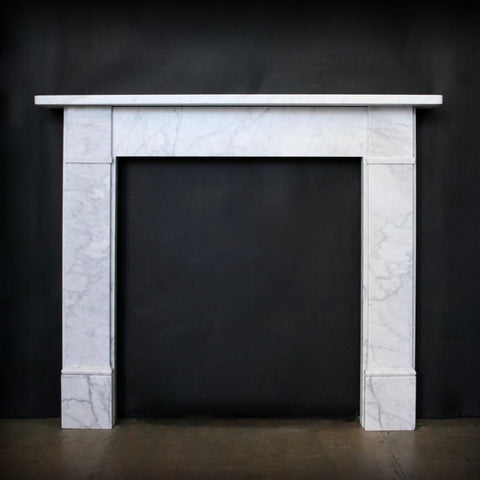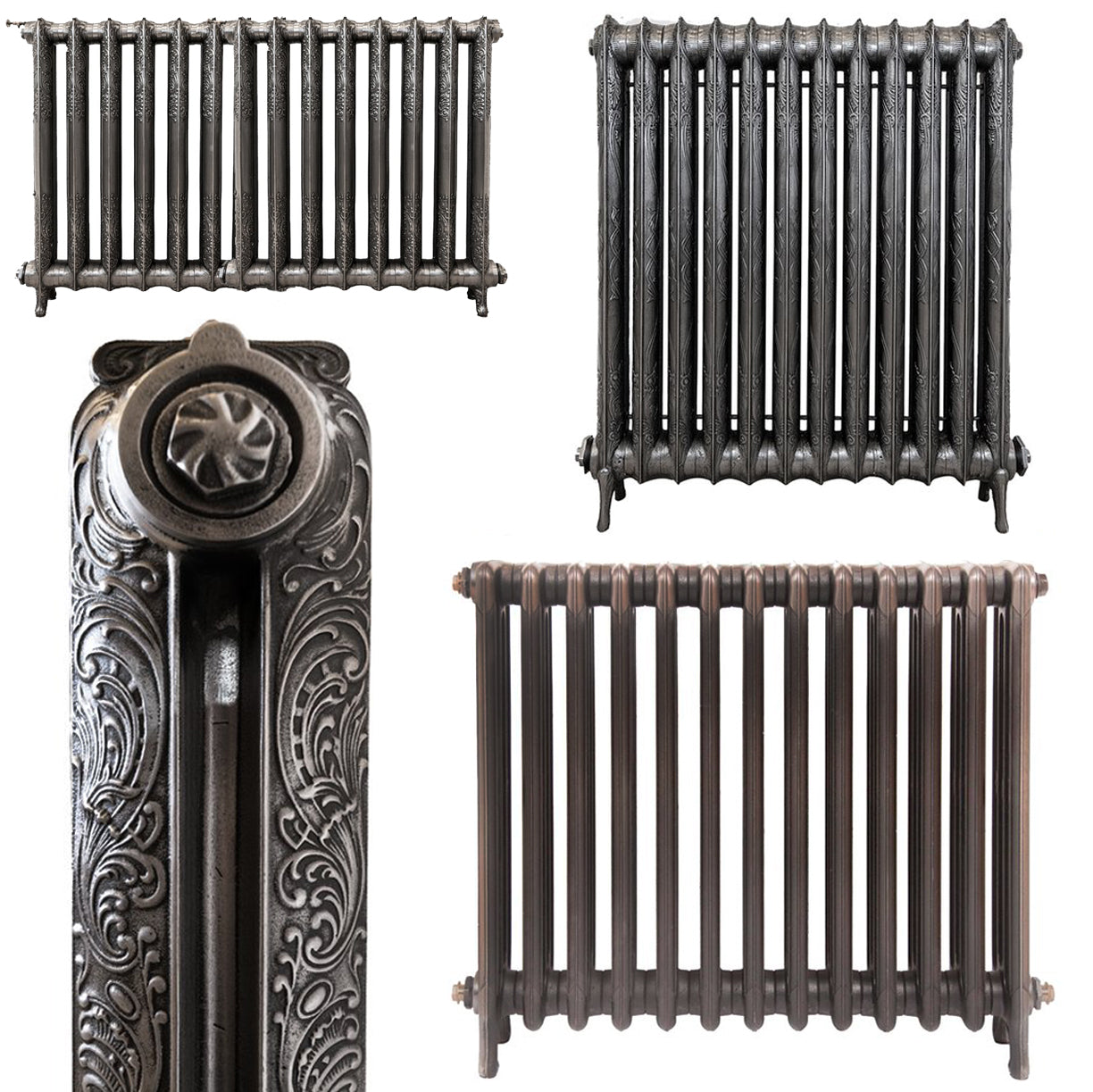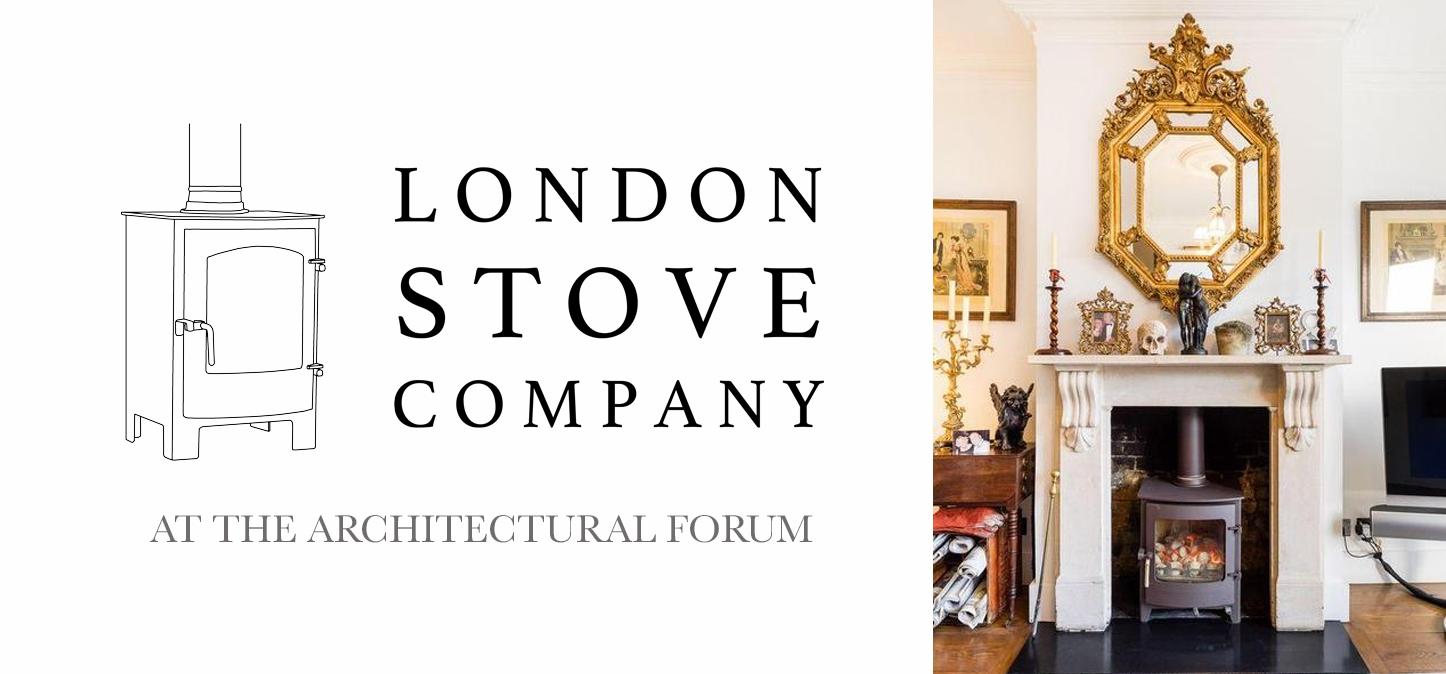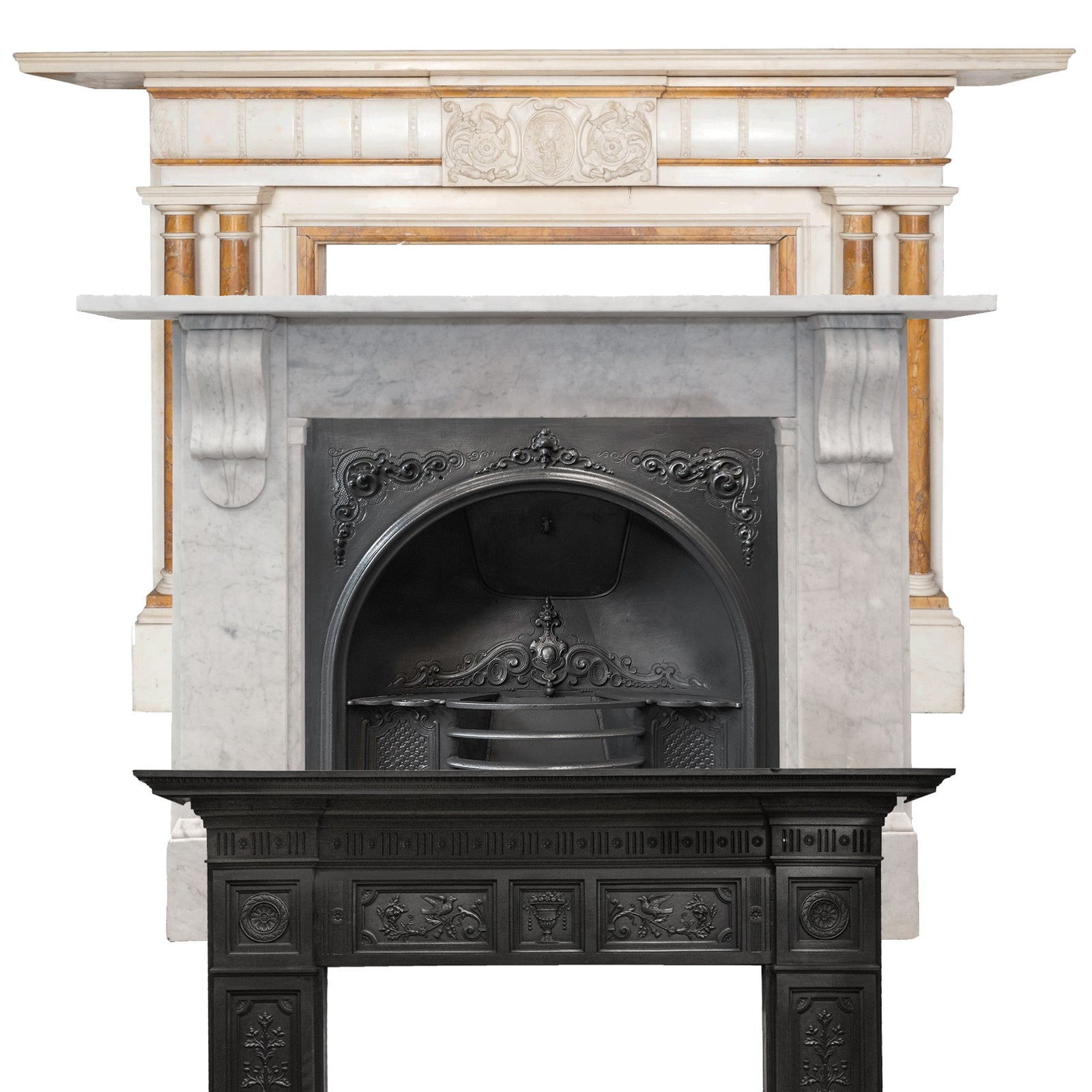
Whether it will hold a roaring open fire, a tidy wood burner, a gas fire or simply a few decorative candles, the fireplace is the focal point in any room, so it’s important to get it right.

Choosing the right style
When people come in to the showroom to choose a fireplace for their property, our first question to them is invariably What age is your house? The majority of our customers are looking to reinstate original features in period properties, so it’s important to get an idea of the style and era of the house; whether it’s a grand Georgian mansion, a modest Victorian terrace or a quirky Arts & Crafts villa.
Of course not everyone is looking for the quintessentially Period look; some homeowners are after a fireplace that will blend well with their modern interior. Our Late Georgian/Victorian style crossover marble fireplaces such as this one (below) can be perfect; the understated design gives it a timeless quality, making it a versatile piece that would sit well within a myriad of interiors.
The one below is one that we make up from reclaimed marble. The beautiful dove grey marble was reclaimed from a building within the London School of Economics. It has a clean finish and a lovely quality, plus the environmental benefit of being reclaimed. We have many more similar antique original and reproduction surrounds in our showroom.

If you are looking for a historical style, we’ll ask; to the best of your knowledge, what decade your house dates to. Nadine & Jason have a good knowledge of London and the surrounding areas and will often be able to estimate the date of your house by the street it is in. This will then give us an idea of what style would be most true to the building. However, throughout the Georgian, Victorian and Edwardian eras, there was, of course, a very large number of styles made, which went in and out of fashion throughout the decades; you won’t be stuck exclusively with one distinct design if you want to stay true to the age of your home – there is a lot of choice.
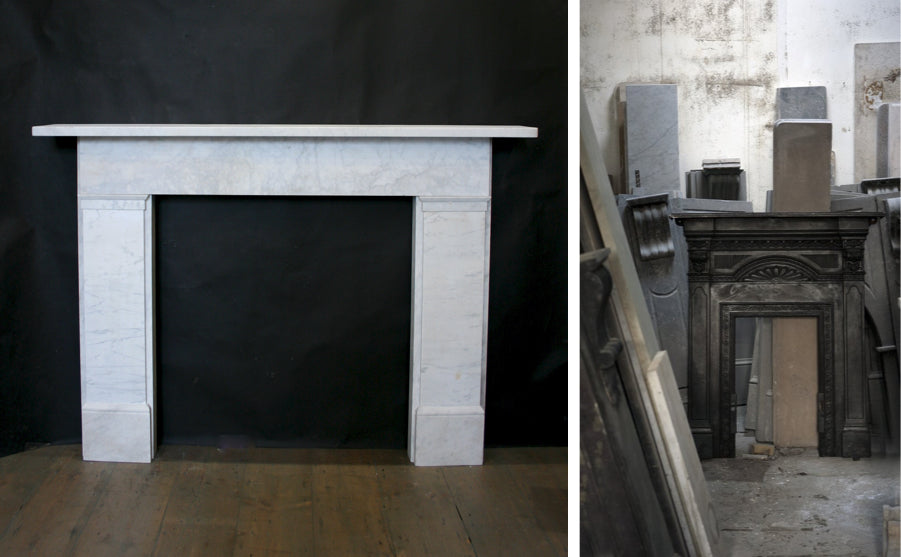
Start to think about what you are envisaging for you fireplace; whether you’re dreaming of a marble surround, stone, a carved wooden surround, or perhaps a cast iron combination with a coordinating overmantel mirror.

Then comes the choice of what to put inside the surround; a fire basket, a swan’s nest with fire dogs, a hob grate, or an insert. If your house is early Georgian or Regency, you may want to look at having a hob grate within the surround, whereas later Georgian or Victorian styles generally had register grates or inserts. Full inserts are more efficient as less heat escapes and is instead radiated into the room by the cast iron surrounding the basket.

Late Victorian and Edwardian fireplaces often had tiled inserts. It’s useful to note that tiled inserts require a larger opening. We generally always have a wide range of original antique and reproduction tiles available.

For those looking to mirror the romanticism and elegance of Georgian architecture and interiors, there are a number of fireplaces and inserts with typically neoclassical or Adam’s style decoration – look out for urns, neat foliage decoration and bell flower swags or bell flower pendants on the jambs (legs). However, be aware that these motifs can crop up in Victorian and Edwardian fireplaces too; the stylisation and the proportions are often the truest signifier of age. Another typically Georgian style is the bullseye, which features roundel motifs at each end black and reeded jambs.
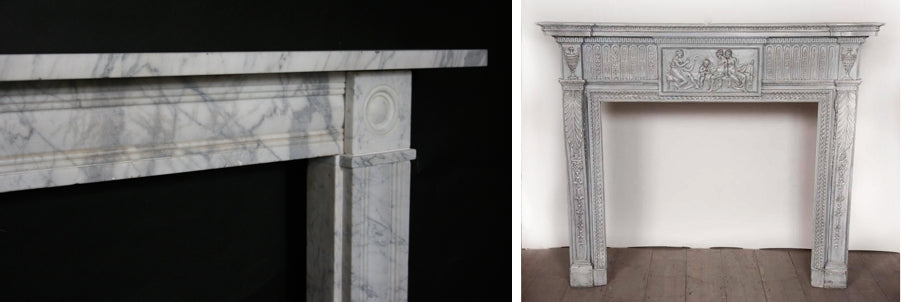
There’s also French style fireplaces, often referred to as Rococo, Louis XIV or Louis XV style, characterised by serpentine shelves and organic, curving lintels, that would often have been found in grand mansions. Later, Louis XVI styles have a slightly more geometric shape with a wide opening and scrolled jambs decorated with acanthus leaf carvings.

One particularly popular style is the corbel fireplace. Corbel fireplaces are typically Victorian and you can probably spot corbel features within the architecture of a Victorian home too (often under window sills or surrounding windows and doors). The design of corbel fireplaces can go from intricate and ornate, with a lot of delicately carved decoration, to much more simple and understated.
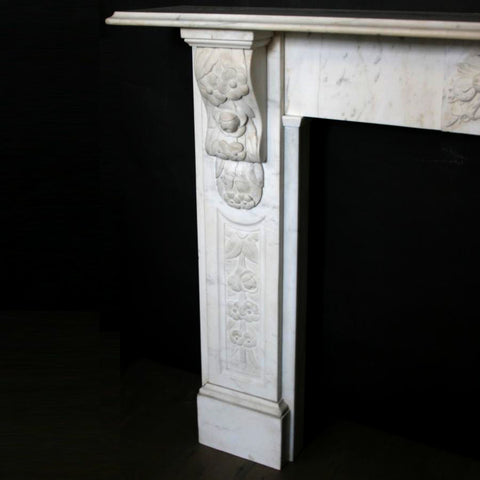
Cast iron combinations and tiled fireplaces became popular at the end of the Victorian era and throughout the Edwardian era. There are often several Art Nouveau tiled combination fireplaces in our showroom, featuring stylised flowers and foliage or sweeping, curved lines.
Choosing the right size
Besides the style, it’s also very important to think about the size and scale of the room, to make sure that you install a fireplace that will be the correct scale. It is, of course, also key to think about the purpose of the room; commonly, bedrooms would have had smaller, thinner fireplaces, in particular, cast iron combination fireplaces as above.
In terms of fitting, it can be useful for us to see what state the chimney is in at the current moment; a photo can be very helpful. Often fireplaces that were refurbished during the fifties and sixties have had the opening made smaller. If this is the case, you can usually return the opening to its original size without much trouble, making it possible to fit in an insert or grate of the right period. Measurements of your chimney are essential too. The measurements that are helpful to us are:
The height, width and depth of the opening
The width of the chimney-breast
The ceiling height
General dimensions of the room
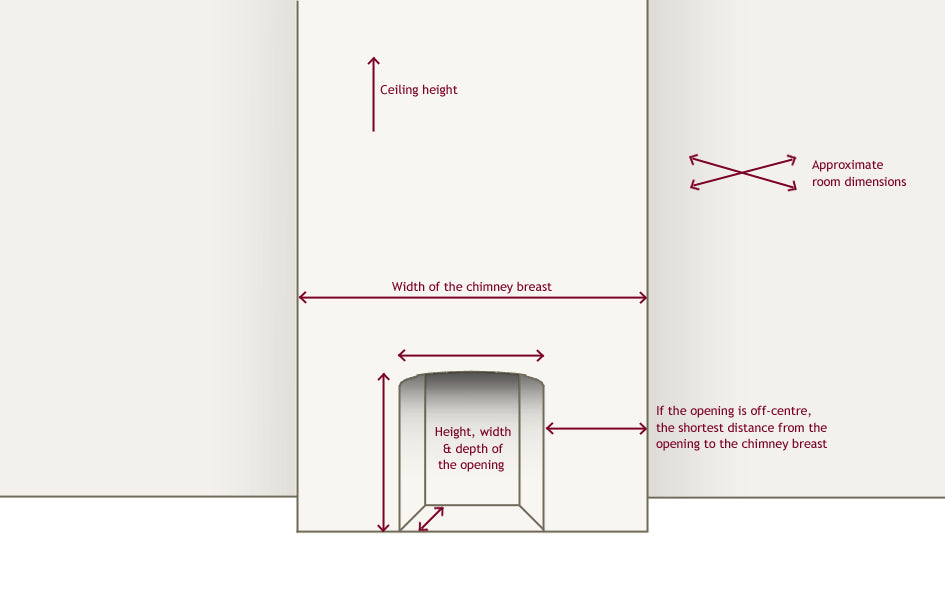
If your opening is off centre on the chimney breast (as is common in upstairs rooms), you also need to take the shortest measurement from the opening to the edge of the chimney breast. Understandably, the fireplace shelf must never go beyond the chimney breast. Aesthetically, it looks best to have the shelf at least an inch from each edge of the chimney breast.
If you’re at all unsure if your chimney is fit for use, it is essential to get it checked out and swept by a professional. It is also important to get a HETAS approved professional fitter to install the fireplace. We can recommend specialists for both these jobs.
Many of our fireplaces are on our website, but we always have a great deal more than what makes it online. At any one time, we generally have around 60 fireplaces on display at our Hertfordshire warehouse, as well as an overwhelming number at our yard, many of which are unrestored but can be restored for you within two weeks.
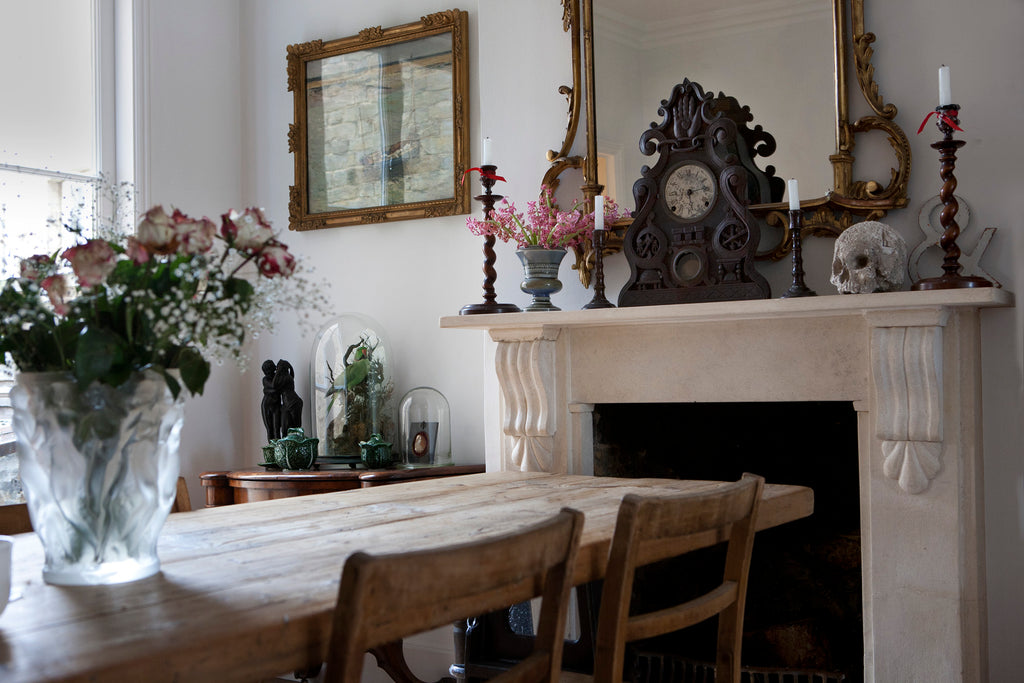
If you have any questions or queries about our fireplaces or would like some advice on what to choose for your home, contact us on 0207 704 0982 or info@thearchitecturalforum.com
Our Hertfordshire warehouse is open on Saturdays 10am to 4pm. Visits Monday - Friday are by appointment only.

























